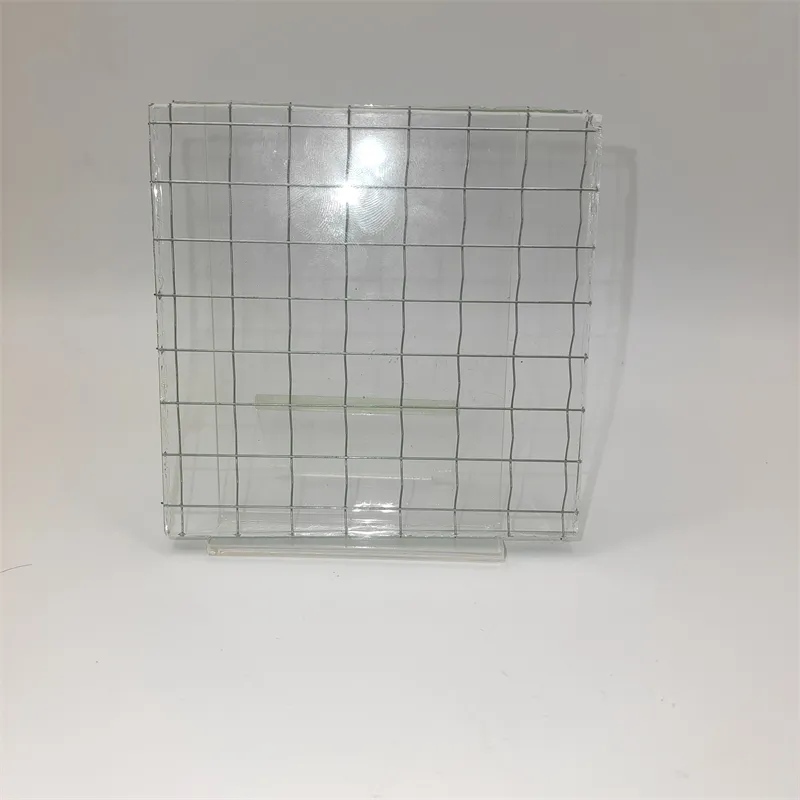Dec . 10, 2024 22:22 Back to list
Exploring the Benefits of Low-E Tempered Glass for Energy Efficiency and Durability
Low-E Tempered Glass Enhancing Energy Efficiency and Safety
In recent years, the demand for energy-efficient building materials has surged, prompting architects, builders, and homeowners to seek innovative solutions that offer both performance and safety. One such material making waves in the construction and design industry is Low-E tempered glass. This advanced glazing option not only provides superior thermal insulation but also adheres to safety standards due to its tempered nature, making it an increasingly popular choice in residential and commercial buildings alike.
Understanding Low-E Glass
Low-E, short for low emissivity, glass is coated with a microscopically thin layer of metallic oxides. This coating reflects heat while allowing natural light to enter, effectively minimizing the amount of ultraviolet and infrared light that can pass through. The key benefit of Low-E glass is its ability to maintain indoor temperatures, which can significantly reduce heating and cooling costs. In colder months, Low-E glass helps retain heat within a building, while in warmer months, it reflects solar heat away, thus contributing to a more consistent and comfortable indoor climate.
The energy-saving benefits of Low-E glass are particularly pronounced in regions with extreme climates. For instance, in colder areas, Low-E glass can reduce the amount of energy required for heating, while in hotter climates, it minimizes air conditioning costs. Research indicates that using Low-E glass can result in energy savings of up to 30% compared to traditional glazing options.
The Tempering Process
Tempered glass, also known as toughened glass, is made through a special manufacturing process that involves heating the glass to extremely high temperatures and then rapidly cooling it. This procedure increases the glass's strength and thermal resistance, making it approximately five to six times stronger than standard glass. The tempering process also makes the glass more resistant to thermal stress, which is especially important in environments subject to fluctuating temperatures.
Furthermore, in the event of breakage, tempered glass shatters into small, blunt pieces rather than sharp shards, which poses a lower risk of injury. This safety feature makes Low-E tempered glass an ideal choice for various applications, from residential windows to skyscrapers and public buildings.
Benefits of Low-E Tempered Glass
low e tempered glass

1. Energy Efficiency As mentioned earlier, the primary advantage of Low-E tempered glass is its energy efficiency. By minimizing heat transfer, it contributes to lower energy bills and reduced greenhouse gas emissions.
2. Improved Comfort By maintaining more consistent indoor temperatures, Low-E tempered glass enhances overall comfort for occupants, reducing drafts and minimizing the likelihood of hot spots near windows.
3. UV Protection Low-E glass provides a barrier against harmful ultraviolet (UV) rays, which can fade furniture, flooring, and artwork over time. This added protection preserves the aesthetic quality and longevity of interior spaces.
4. Safety The inherent strength of tempered glass means that it can withstand high winds and impacts, making it a safer option for windows in high-rise buildings, coastal areas, and regions prone to severe weather.
5. Aesthetic Appeal Low-E tempered glass is available in various styles and finishes, allowing for design flexibility. Its clarity and ability to transmit natural light make it an attractive choice for contemporary architecture.
6. Environmental Impact By reducing energy consumption, Low-E tempered glass helps lower carbon footprints, contributing to environmental sustainability. Its durability also means fewer resources are needed for replacement over time.
Conclusion
Low-E tempered glass represents a harmonious blend of safety, efficiency, and aesthetic appeal in modern building materials. Its ability to enhance energy performance while maintaining structural integrity and safety makes it an outstanding choice for a wide range of applications. As sustainable building practices continue to gain momentum, the adoption of Low-E tempered glass is poised to grow, paving the way for greener and safer architectural solutions. Whether it's for residential homes or commercial structures, Low-E tempered glass offers a forward-thinking approach to building design, ensuring comfort and safety for years to come.
-
Safety and Style with Premium Laminated Glass Solutions
NewsJun.24,2025
-
Reinvents Security with Premium Wired Glass
NewsJun.24,2025
-
Premium Float Glass Line for Modern Architecture
NewsJun.24,2025
-
Low Emissivity Glass for Energy-Efficient Architecture
NewsJun.24,2025
-
High-Performance Insulated Glass Solutions for Modern Architecture
NewsJun.24,2025
-
Elevates Interior Style with Premium Silver Mirror
NewsJun.24,2025
Related PRODUCTS














